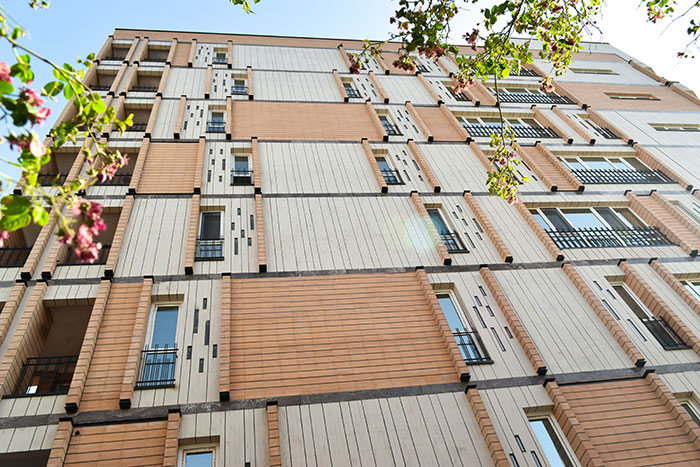Bricks have been a fundamental building material for thousands of years, and their popularity in construction continues to endure. From ancient civilizations to modern architectural designs, bricks have proven to be a reliable, durable, and aesthetically pleasing choice. In this article, we will explore the reasons why bricks remain a popular material in construction and how their unique properties contribute to the long-standing appeal.
Durability and Strength
One of the most compelling reasons for the continued popularity of bricks is their durability. Bricks are incredibly strong and can withstand a wide range of environmental conditions, including extreme heat, cold, and moisture. This makes them an ideal choice for both residential and commercial buildings that need to stand the test of time.
Bricks are also fire-resistant, which adds an extra layer of safety to buildings. In the event of a fire, brick structures are less likely to collapse or suffer extensive damage, making them a preferred material in areas prone to wildfires or other fire hazards. Their resistance to wear and tear means that brick buildings often require less maintenance over time compared to other building materials like wood or metal.
Energy Efficiency and Insulation
Bricks are also highly energy-efficient. Due to their thermal mass, bricks can absorb and store heat, helping to regulate the temperature inside a building. In hot climates, bricks help keep buildings cool by absorbing heat during the day and releasing it slowly at night. In colder climates, bricks help retain heat, reducing the need for excessive heating.
This natural insulation property contributes to lower energy costs for homeowners and businesses, making brick buildings more energy-efficient than those made from other materials. As energy efficiency becomes increasingly important in construction, bricks are gaining even more popularity for their ability to reduce heating and cooling costs.
Versatility in Design
Bricks are available in a wide variety of colors, shapes, and sizes, making them incredibly versatile for architectural designs. Whether you are building a traditional home or a modern commercial space, bricks can be used to achieve a wide range of aesthetic looks. From rustic, earthy tones to sleek, polished finishes, bricks can enhance the visual appeal of any building.
Moreover, bricks can be arranged in different patterns, allowing architects and designers to create unique textures and styles. Popular patterns include herringbone, basketweave, and running bond, each adding a distinct visual element to a building’s facade. The versatility of bricks makes them suitable for both interior and exterior applications, from fireplaces and accent walls to facades and patios.
Low Maintenance
Bricks are known for their low maintenance requirements. Unlike wood, which needs regular painting or sealing, bricks do not require much upkeep to maintain their appearance and structural integrity. They are resistant to pests, mold, and rot, which further reduces the need for regular maintenance.
In addition, bricks do not fade or deteriorate over time as some other building materials do. This long-lasting durability makes bricks an excellent investment for homeowners and businesses looking for a low-maintenance option that retains its aesthetic appeal for decades.
Environmental Benefits
Sustainability is a growing concern in the construction industry, and bricks offer several environmental benefits. Bricks are made from natural materials such as clay and shale, which are abundant and can be sustainably sourced. Additionally, bricks are recyclable; old bricks can be repurposed for new construction projects or ground up and used in landscaping or road building.
Furthermore, brick buildings are energy-efficient, which helps reduce the overall carbon footprint of a structure. The thermal mass of bricks can help lower energy consumption, reducing the need for excessive heating and cooling.
Affordability
Despite their many advantages, bricks are also relatively affordable compared to other premium building materials like stone or concrete. The long-term cost savings in terms of energy efficiency and maintenance make bricks an economical choice for construction. Moreover, the longevity of brick buildings means that they offer excellent value over time, reducing the need for costly repairs or replacements.
Conclusion
Bricks have remained a popular choice in construction for centuries due to their durability, energy efficiency, versatility, and low maintenance. Their ability to withstand extreme weather conditions and their fire-resistant properties make them a safe and reliable building material. Additionally, the aesthetic appeal of bricks, combined with their affordability and environmental benefits, ensures their continued popularity in both residential and commercial construction.



